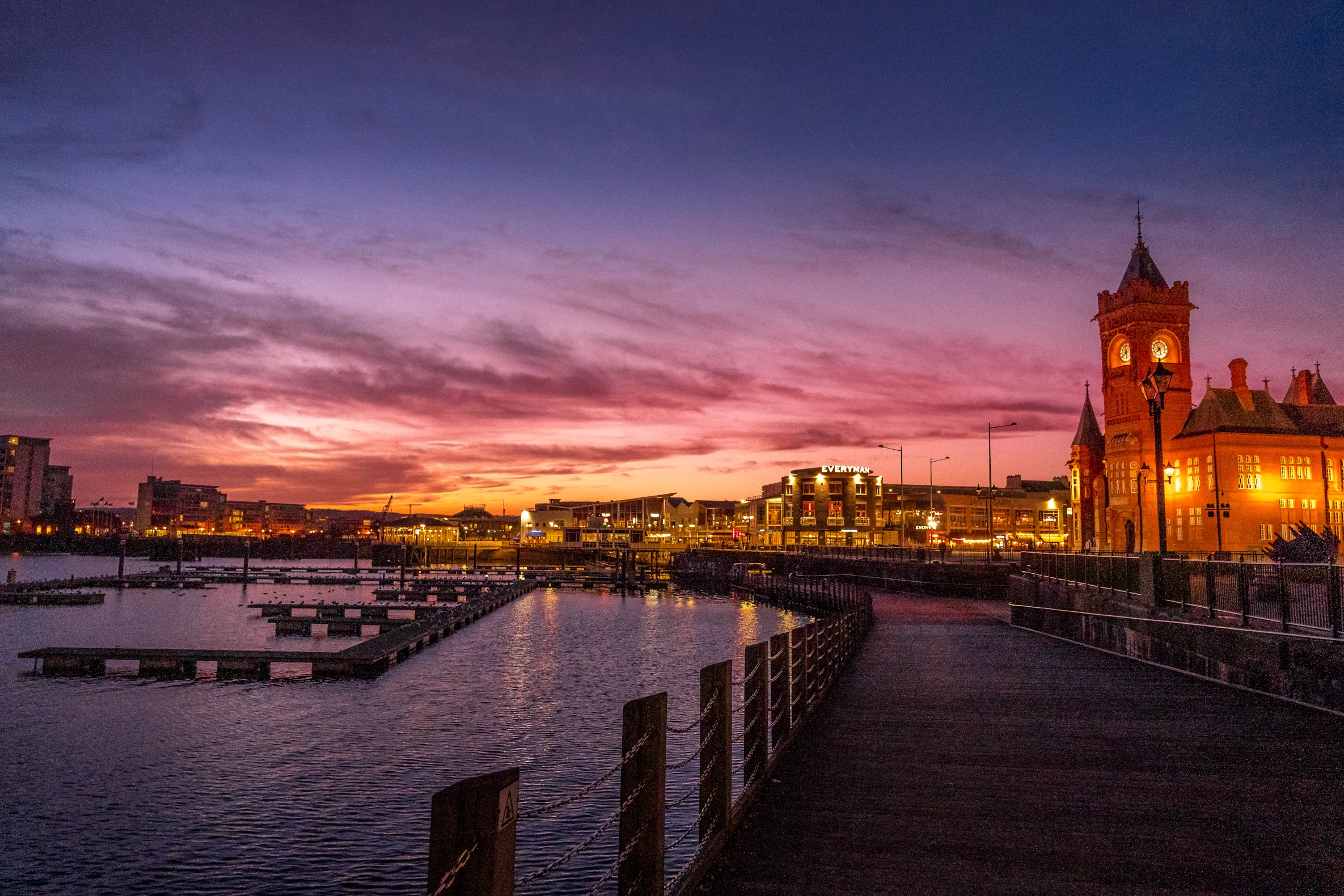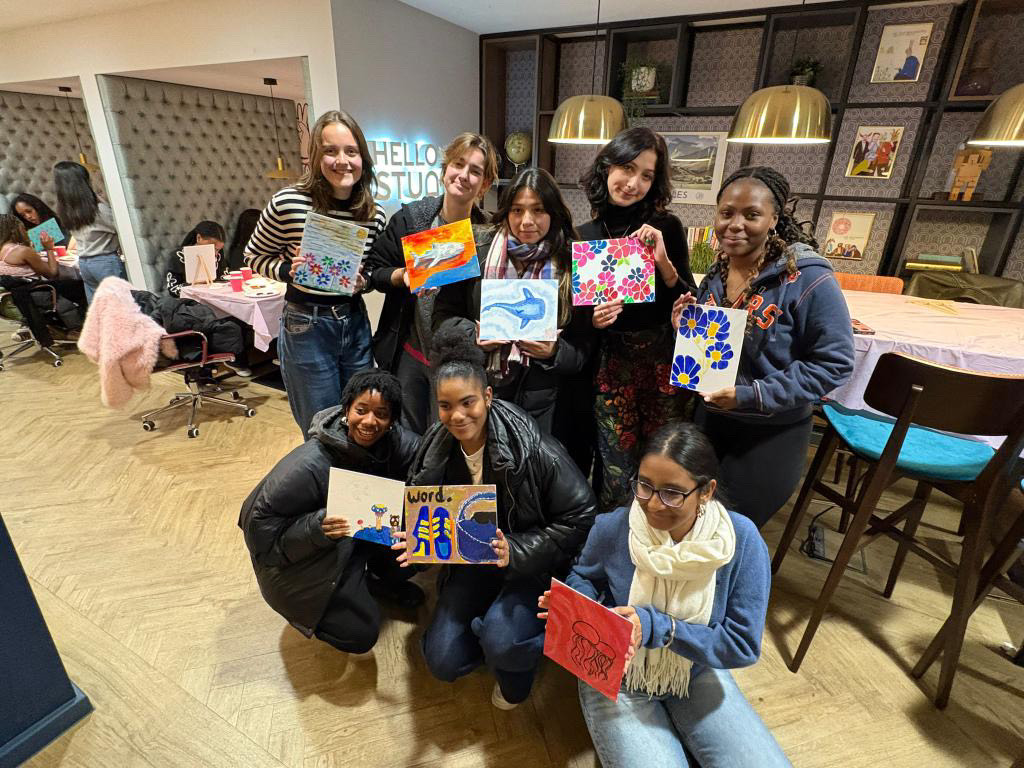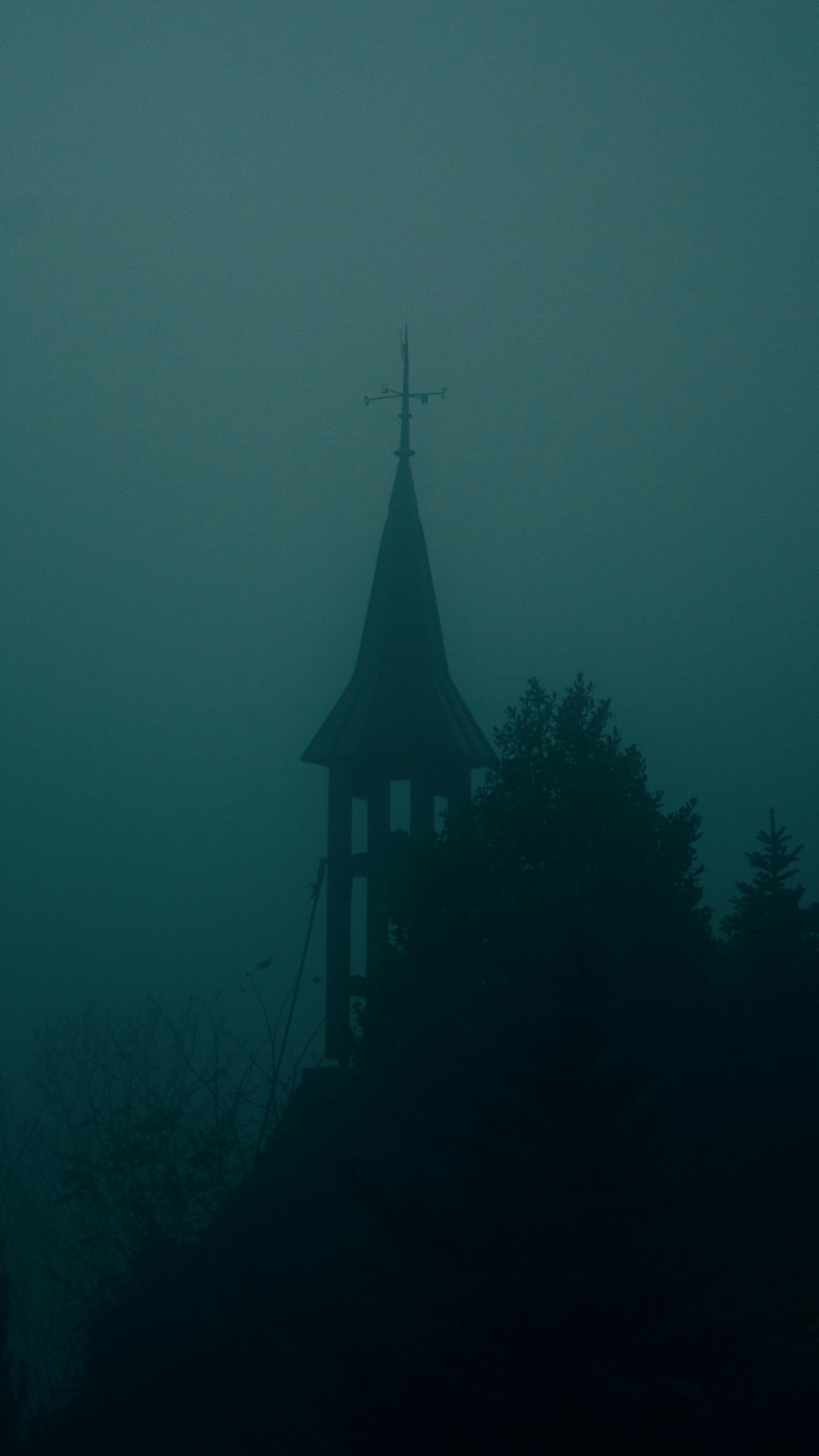‘This is a story that belongs to Butetown.’ – Nadifa Mohamed, Acknowledgement to The Fortune Men.
I get a rare moment of pride when I read a novel set in Cardiff. Normally, I prefer to use fiction as an escape into countries I’ve never been to and cultures I’ve never experienced; stories set in harsh Siberian winters, or the drab Midwestern suburban counties of America. But despite my preference, I was pleasantly surprised upon opening Nadifa Mohammad’s novel The Fortune Men to find that it was set in none other than Tiger Bay, known today as Cardiff Bay following the 1999 construction of the Cardiff Barrage.
Walk through Callaghan Square behind Cardiff Central and, parallel to Bute St., head in a straight line for ten or so minutes down Lloyd George Avenue. Carry on past Bute Place which connects St. and Crescent, and you’ll find yourself at Cardiff Bay. Pretty, isn’t it? Take a photo. Wander past and through predatory chain-bars charging £13 for two watered down cocktails, and overpriced cinemas serving up heat-lamp warmed popcorn alongside box-office bombs. There’s something wonderfully human about Cardiff Bay. Each day, hundreds of people stand in the same place and take the same photograph of the sunset gilding the bay’s water. But the bay wasn’t always used for pretty Instagram stories. Look a little closer and you’ll find a fascinating amount of history beneath the clean white cobblestones.
Tiger Bay was a hotspot for sailors in the 1800s and 1900s. It’s a concealed fact that Tiger Bay was the Welsh equivalent of the Red-Light district; prostitution, illegal gambling and robberies sealed behind tight lips by pleasure-seeking sailors. This is the Tiger Bay that Mohamed exhibits; the bloody colosseum where men were made or broken, where men fought and won or got hit hard and lost. And under all the pretty lights, there’s the forgotten story of one man who truly lost.
Though he should be a household name, you would struggle to find anyone who knew Mahmood Mattan’s name and story without reading Mohamed’s novel. Mattan was a Somali merchant, who, in 1952, was wrongly convicted of the murder of shopkeeper Lily Volpert and was the last man to be hanged at HMP Cardiff.
Mattan was captured within hours, convicted by an all-white jury, and sentenced to death six months after the crime, all without any forensic evidence. His widow Laura never even knew he was being hanged, and only found out when she went to visit him in jail, a scene captured in Mohamed’s novel by a scanned image of a real newspaper column: Woman Weeps As Somali Is Hanged: A woman dressed in a blue raincoat, her head covered by a headscarf, was seen weeping outside the entrance to the prison.
When I visited Cardiff Bay after reading the novel, I looked for one place in particular: Berlin’s Milk Bar, a bar belonging to a man named Berlin, of which very little other information survives. Described as a place where men of all races and cultures mingled in between working hours, I was curious to see what became of the bar. Had it been devoured by another establishment lacking soul, or was Berlin, against all odds, still serving up drinks into the present day?
I searched around for a long time. I walked past HMP Cardiff where Mattan was executed, looking like the monstrous product of Tolkien discovering brutalism. I got lost among crowds, everyone within likely unaware of Mattan and his injustice. But wherever I looked, I could not find any remains of Berlin’s Milk Bar. It had been erased—no sign, no gravestone, nothing. I could not even find where it had once been. I thought how excellent of a job Cardiff Bay had done to cover up its own brutal history.
I could find no other remnants of Mattan or his story. No plaque, no statue, and no bar. Mattan was exonerated twice; officially in 1998 and ceremonially in 2022. He was forgotten as quickly as he was remembered. The construction of the Cardiff Barrage that renamed Tiger Bay—Mattan’s home—seemed more pressing to news outlets.
Whether Berlin’s Milk Bar was real, whether Mattan sat listening to the crackly voice of the radio announcing the King’s death in February 1952 like in Mohamed’s novel, whether he lived the same life of his fictional counterpart, none of that matters. He was a real man. He was tried and executed wrongfully. He left behind a wife and three sons. And he left me wondering, in the middle of Cardiff Bay, surrounded by bench-plaques and monuments to Cardiff’s more prideful history: how many other cases of miscarried justice have been swept under in the chaotic history of our country?
Words by D.L Moulder
Featured image curtesy of Nick Fewings via Unsplash. No changes have been made to this image. Image license found here.



